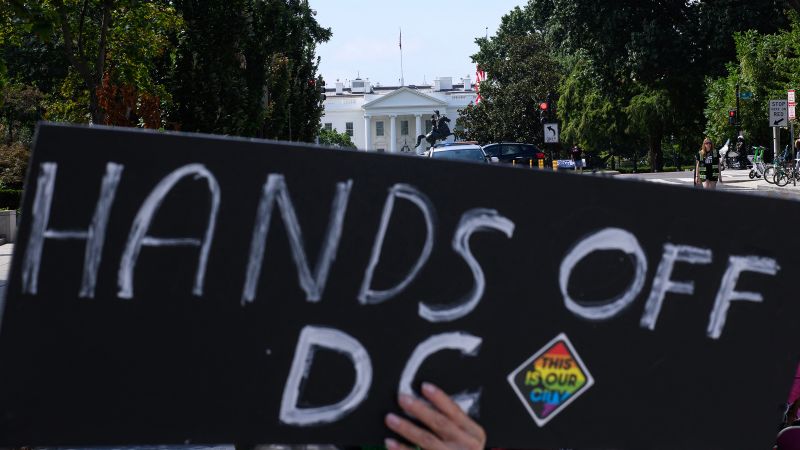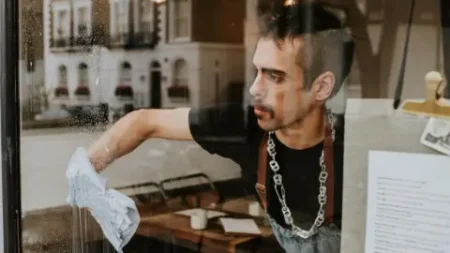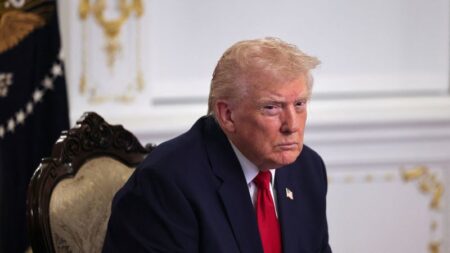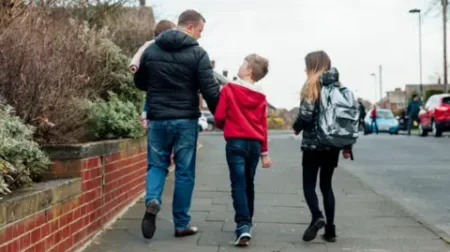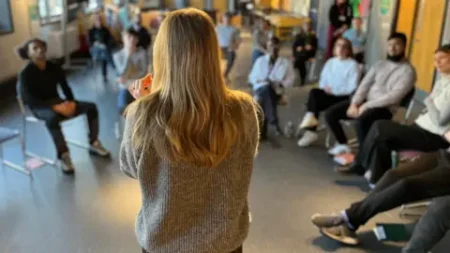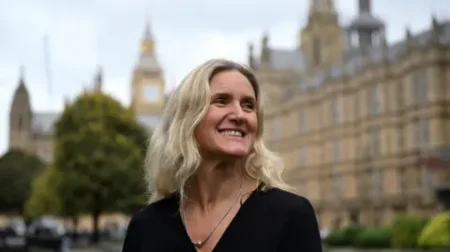In a significant and unprecedented move, President Donald Trump took control of local law enforcement operations in Washington, D.C., igniting a wave of reactions across the city. This development unfolded on a Monday, marking a stark escalation in the already tense relationship between the White House and local officials. For the first time, the federal government indicated its intent to federalize the Metropolitan Police Department and mobilize National Guard troops to address what Trump characterized as a looming public safety crisis. The president’s decision was framed against a backdrop of persistent crime concerns, despite data showing a long-term decrease in violent crime rates in the capital.
Trump’s alarming portrayal of D.C.’s public safety issues seemed to stem from his frustration with rising public perceptions of crime and homelessness, rather than empirical data, which has indicated a decline in violent offenses over the years. This disparity between public sentiment and statistical realities sets the stage for a prolonged and contentious back-and-forth between the Trump administration and D.C. officials. The tensions had been simmering, with city leaders attempting to navigate their relationship with the White House delicately.
In his press briefing, Trump remarked, “This dire public safety crisis stems directly from the abject failures of the city’s local leadership.” He pledged that under his guidance, things would be done differently, and quickly. This mechanism of federal control is rooted in the D.C. Home Rule Act of 1973, allowing for a federal takeover during emergencies. However, the sudden nature of this declaration raised questions about the administration’s true intentions and its tactical objectives.
For the previous months, there had been collaborative efforts between the Trump administration and local officials, including D.C. Mayor Muriel Bowser, aimed at crime reduction and urban beautification initiatives. Despite these past collaborations, recent violent incidents in the city, most notably the assault of a former government official, prompted Trump to escalate his strategy. He expressed visible distress regarding homeless encampments and litter, even sharing images on his social media platform, Truth Social, further amplifying his narrative.
According to Trump administration officials, they intend to maintain federal control over the police force for the full duration of the allotted 30 days, focusing on protecting federal assets and supporting local law enforcement on the ground. However, there was ambiguity surrounding the specifics of this operation, as Attorney General Pam Bondi vaguely suggested a crackdown on crime without detailing concrete steps.
The reaction from local leaders was swift and critical. Bowser, along with other D.C. officials like Police Chief Pamela Smith and AG Brian Schwalb, expressed outrage and disbelief at Trump’s actions, viewing the control of local policing as both an unnecessary power grab and a clear affront to local governance. While noting recent trends indicating low violent crime rates, Schwalb challenged the notion of a crime emergency, stating, “There is no crime emergency in the District of Columbia.”
Bowser, while hesitant to engage in direct confrontation, decried the move as unsettling, emphasizing that she was only informed over the weekend of the National Guard’s activation, with no prior indication that a takeover was in contemplation. This leaves the city vulnerable amid what many officials assert is a declining crime environment.
Responses from local and national leaders showcased a range of opinions about Trump’s decision. Senator Chuck Schumer condemned the action as a politically motivated distraction from Trump’s other ongoing controversies, while California Governor Gavin Newsom sharply criticized the federal intervention, likening the situation to the tactics of authoritarian regimes.
Further complicating matters, Bowser has expressed an intention to cooperate with the Trump-appointed U.S. Attorney for D.C., Jeanine Pirro, despite reservations about the takeover. As discussions unfold regarding the parameters of federal involvement, local officials assert a commitment to protecting the rights and safety of their constituents while upholding a decreasing crime trend.
In summary, the federalization of D.C.’s police marks a significant shift in local governance dynamics and highlights existing tensions between federal and district authorities. The implications of this takeover will likely reverberate throughout local and national political landscapes. It remains to be seen how this unprecedented intervention will play out in practice and how the citizens of D.C. will navigate the intricate web of governance in the face of federal oversight.





